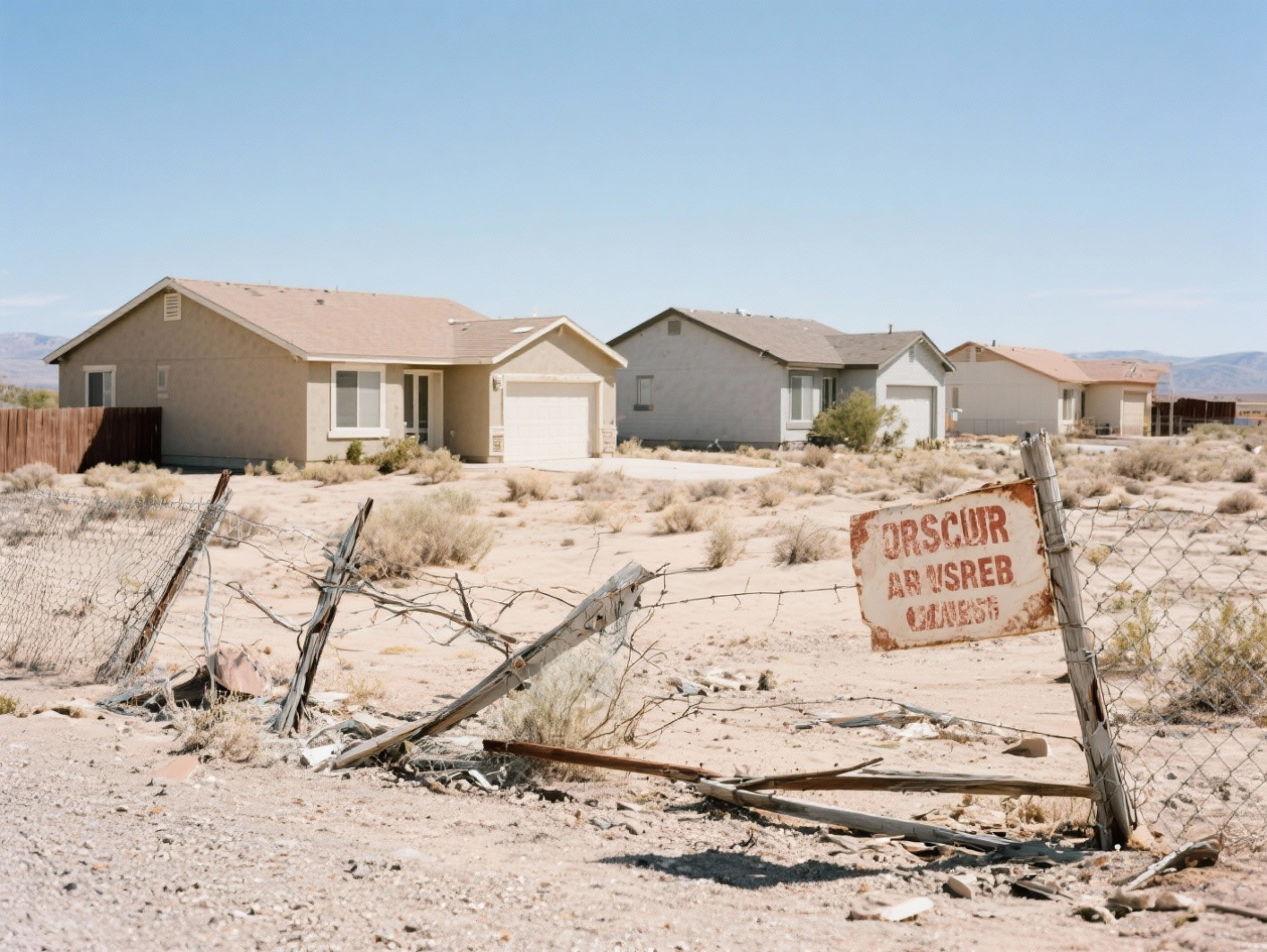The Current Landscape of Nevada’s Tourism Sector
Nevada’s economy has long leaned heavily on its vibrant tourism industry, famously driven by the dazzling lights of the Las Vegas Strip, booming conventions, and world-renowned gaming halls. Tourism acts as a critical driver for employment, tax revenues, and community support throughout the state. Recent expansions—such as Allegiant Stadium and major sports events—have boosted this sector, appearing to affirm its status as a strong economic pillar.
Yet beneath this surface success, cracks are appearing. The once-inexpensive allure of Las Vegas is now shadowed by rising resort fees, higher parking costs, steep room rates, and pricey dining options. Such expenses have led visitors to reconsider Nevada as their destination, prompting a shift toward alternative locales.
Moreover, past shocks like the 2008 financial downturn and the 2020 pandemic laid bare the risks of over-reliance on tourism. Visitor numbers plunged sharply, hotels faced stark occupancy declines, and thousands of jobs vanished almost overnight. Despite this lesson, the state’s focus remains heavily tied to tourism, raising concerns about vulnerability in the face of future crises.
Economic Diversification: Slow Progress in Expanding Beyond Tourism
Efforts to diversify Nevada’s economy have seen some success with companies like Tesla and Google setting up in the northern part of the state, alongside logistics centers and modest growth in clean energy and manufacturing. Despite these developments, these industries have yet to rival the scale or influence of gaming and tourism, which continue to dominate the state’s economic activity.
Even major sporting events, touted as ways to diversify income streams, are essentially intertwined with tourism. They attract visitors who spend on hotels, dining, and entertainment, essentially feeding the same economic cycle rather than creating new independent revenue streams. Additionally, these events often involve high public costs and infrastructure demands, which burden local tax payers and businesses.
Historical Economic Context of Nevada’s Growth
Nevada’s roots as an economic hub started with mining booms in the 19th century, notably due to the discovery of silver at the Comstock Lode near Virginia City. This discovery rapidly increased population and economic activity, leading to the establishment of Nevada as a state in 1864. The construction of the Hoover Dam in the 1930s further stimulated the region’s growth, providing cheap hydroelectric power and opening possibilities for manufacturing. The legalization of gambling in 1931 transformed areas like Las Vegas and Reno into major tourist and entertainment centers.
Over the decades, tourism—gambling, conventions, entertainment—has been the cornerstone of economic prosperity. Yet the state’s historical dependence on a limited number of revenue sources has repeatedly exposed it to economic shocks, requiring ongoing balancing acts between new development and maintaining its mainstays.
Table: Key Economic Contributions to Nevada’s Economy
| Sector | Role in Economy | 참고 |
|---|---|---|
| Tourism & Gaming | Primary economic driver | Employs hundreds of thousands; largest contributor to tax revenues |
| Manufacturing & Technology | Emerging sectors | Includes companies like Tesla and Google; still smaller scale |
| Logistics and Distribution | Growing | Particularly in southern Nevada; supports wider economy |
| Energy | Supportive role | Cheap hydroelectric power from Hoover Dam and Bonneville Dam |
The Future Outlook: Navigating Risk and Opportunity
The lessons from past downturns make clear the danger of hinging an entire state economy on a single sector that is highly sensitive to external shocks. Moving forward, Nevada faces critical questions about how to build resilience into its economic foundations. This includes fostering industries that provide stable, year-round employment unrelated to visitor flux, and developing a skilled workforce equipped to support innovation and new business sectors.
Policy decisions will play a pivotal role, including reforms in education, infrastructure, and tax incentives that encourage diverse business investments. A balanced approach requires careful weighing of tourism’s undeniable benefits with the imperative to broaden the state’s economic base to weather future uncertainties.
Key Challenges and Strategic Considerations
- Overdependence on visitor-driven revenues and the volatility this creates
- Rising costs making Nevada less competitive for tourists
- Public costs of hosting large-scale events that do not fundamentally diversify economy
- Limited expansion of alternative industries to offset tourism risks
- Need for workforce development and infrastructure upgrades to attract varied businesses
결론
Nevada’s historical identity and current prosperity remain closely tied to the tourism industry, particularly gaming and entertainment hubs like Las Vegas and Reno. This economic stronghold continues to sustain vast employment and tax revenue, but it also carries significant risk if diversification efforts are not accelerated.
The state’s future depends on balancing its traditional tourism charm with a strategic push into new sectors, ensuring that economic shocks like pandemics or financial crises don’t leave it stranded. This challenge is not unique, but Nevada’s brand as a global entertainment destination might be its biggest asset as well as its biggest vulnerability.
For anyone interested in exploring the vibrant leisure environments Nevada offers—from its vibrant cityscapes to nearby lakes and outdoor activities—mixing traditional tourism with broader economic development is key to sustaining both the state’s allure and prosperity.
GetBoat.com, an international marketplace for renting sailing boats and yachts, offers unique opportunities to discover water activities, lake destinations, and boating adventures that complement Nevada’s dynamic tourism landscape and support a diversified leisure experience for visitors.

 Nevada’s Tourism Industry Faces Challenges Amid Economic Dependence">
Nevada’s Tourism Industry Faces Challenges Amid Economic Dependence">
